57 F. high in the Twin Cities Sunday.
66 F. average high on May 4.
49 F. high on May 4, 2013.
60s every day through next Monday.
75-80 F. warmth possible Thursday if the sun comes out.
First widespread severe storm outbreak Thursday?
"....
At
present we are stealing the future, selling it in the present, and
calling it gross domestic product. We can just as easily have an economy
that is based on healing the future instead of stealing it. We can
either create assets for the future or take the assets of the future.
One is called restoration and the other exploitation. And whenever we
exploit the earth we exploit people and cause untold suffering. Working
for the earth is not a way to get rich, it is a way to be rich...." - from a 2009 college commencement address by Paul Hawken.
Super El Nino?
The
long-range outlook is an enigma wrapped in a riddle but every now and
then Mother Nature gives off clues. The chance of an El Nino warming
event later this year has risen to over 70 percent and this one may be
very significant. The amount of warm water in the equatorial Pacific is
greater than any time since the record El Nino of 1997-98.
A
regular, garden-variety El Nino starts up in the eastern Pacific and
moves west. Super El Nino events do the reverse, starting near
Australia, then shifting east toward the Americas. That's what's
happening in 2014. El Nino often throws a monkey-wrench into global
weather, sparking droughts and floods in unusual locations, warming the
atmosphere even further. 1998 was the warmest year, worldwide, on record
in the 20th century.
Most, but not all, El Nino summers tend to
be cooler/wetter in Minnesota, but fall/winter tends to trend warmer
& drier. Details in the blog.
A sprinkle is possible this
morning as temperatures limp toward 60F. Our slow-motion spring revs
into high gear by midweek with T-storms; a few may become severe
Thursday with highs near 80F. ECMWF models shows another soaking storm 1
week from today. No need to water anytime soon.
On May 5 I'm happy to report that snow/frost season is over.
Really.
Are We Heading For A Worrying Super El Nino? This article at
Live Science,
originally published by Australia's The Conversation, has details on
why the brewing warm phase of Pacific Ocean water may not be a
garden-variety El Nino phase; here's an excerpt: "...
Recent research
found that the Super El Niño events of 1982 and 1997 had a very
distinct characteristic that didn’t appear until spring. Standard El
Niño events warm first in the Eastern Pacific and then spread to the
west. Super El Niño events do the reverse, starting in a more westerly
location and then spreading east back towards the Americas. This causes
much higher sea surface temperatures over a much larger area, which in
turn has powerful effects on the location of rainfall and weather
systems..."
Graphic credit above: "
The four-month
sequence of sub-surface temperature at 100m depth to 21 April shows a
warmer than average temperature of up to 4C across most of the
equatorial Pacific." Credit: Bureau of Meteorology.
Better Late Than Never.
A streak of 60s for the next week, with a shot at 80F Thursday (if the
sun comes out for a few hours?) Incredible. Thunderstorms are likely by
Wednesday night into Thursday, when a few may turn severe. Source:
Weatherspark.
Northward Jog to the Jet Stream.
As the main belt of steering winds surge north the risk of strong to
severe T-storms will shift into the Upper Midwest by midweek, while dry
weather prevails across the Southeast and western USA. 12 km Future
Radar NAM guidance courtesy of NOAA and HAMweather.
Thursday Severe Storm Threat.
It's still early, but NOAA SPC is already outlining an enhanced risk of
severe storms stretching from the Twin Cities to Kansas City and Dallas
on Thursday. I wouldn't be surprised to see a moderate risk over Iowa
and southern Minnesotay by Thursday afternoon.
Another Soggy Week East of the Rockies.
The 7-Day QPF (rainfall outlook) shows 2-4" rains from near Dallas and
Shreveport to Little Rock and Memphis, with some 1-2" rains by midweek
over Minnesota and Wisconsin. Map: NOAA.
U.S. Corn Yields Are Growing, But So Is Sensitivity To Drought. It seems like a contradiction, until you dig into the story at Ars Technica; here's an excerpt: "...
Improved
drought tolerance has been one aim of crop breeding, but US corn
(“maize” to much of the world) is actually becoming more sensitive to
drought—likely because of one of the farming techniques being used to
raise yields. Stanford’s David Lobell
and a group of collaborators set out to examine recent harvests for
evidence of changing drought sensitivity. They took advantage of a
detailed US Department of Agriculture database that started tracking
yields by field (rather than state or national totals) in 1995, and
focused on Iowa, Illinois, and Indiana..."
Photo credit above: Carol Von Canon.
"We Don't Know What Normal Weather Is Anymore": Confronting Extreme Weather on U.S. Farms.
Here's a snippet from an article focused on what farmers are already
dealing with increasing volatility in weather and longer-term climate
patterns from
Huffington Post: "...
Now,
we are at another critical moment for agriculture. Climate change is
bringing more frequent and severe weather challenges, unlike any that
farmers have seen before, and already farmers are feeling the effects. Countless scientists agree that climate change will affect every part of our food system—from
crop yields to food processing and distribution. More dry days and hot
nights will stress already limited water resources. Ironically, when
it does rain, it will pour, exacerbating soil erosion. Farmers will
need to confront new challenges from weeds, diseases and pests. But
farmers don’t need a scientist to tell them times are tough. They can
just look out their windows..."
Find Sheds New Light On 1974 Super-Outbreak in Tennessee, Alabama and Georgia.
Times Free Press has an interesting story; here's a clip: "...
The
new data and photos beefing up documentation of the 1974 storm damage
around Huntsville can help forecasters understand "what happened and
what's possible in the future," he said. The super outbreaks of 1974 and
2011 "had a very large number of tornado-producing storms and many of
those tornadoes were strong or violent," Bunting said. "They hit in
somewhat different areas but with some overlap. I think the similarities
are most important..."
Photo credit above: "
National
Weather Service meteorologist Tim Troutman analyses incoming weather
radar data at the office in Huntsville, Ala., as he talks about 81
black-and-white photographs of April 3, 1974, tornado damage that
recently were found in an old filing cabinet." Photo by
Ben Benton.
Six Unbelievable Stories of Tornado Survival.
Some of these video clips are pretty amazing, including this story
recapping an amazing story from the 1974 Super-Outbreak, courtesy of
The Weather Network: "...
Around
148 tornadoes touched down in 13 states, leaving 330 people dead and
more than 5,000 injured. And Linda Speakman-Yerick of Noble County,
Indiana, was one of the survivors, and boy, did she have a story to
tell. Speakman-Yerick was in the shower when a twister started lifting
her trailer park home from the ground. As soon as she realized that was
happening, out the door she went, ducking and covering next to her car.
She landed next to her car, and could only watch as her home was lifted
several metres off the ground, with her then-husband inside. Then it
fell down. On top of her. Well, more accurately, it fell on top of the
car she was seeking refuge beside, leaving her safe within a v-shaped alcove..."
Tornado Safety for Moms.
I thought this was well done, and timely. Preparation is essential for
everyone, but mom's juggling multiple duties and responsibilities have a
unique challenge when skies turn threatening and kids are scattered
across the neighborhood or county. Here's an excerpt and video from
The Mom Initiative, focusing on preparation:
- "Know
where safe shelters are in public places you frequent like church, the
grocery store, or a mall. Spaces under wide, arched roofs are not safe.
- Teach your children to crouch down on the floor, against a wall, with their hands covering the back of their head.
- Understand
the difference between a watch & a warning. A watch means
conditions are “ripe.” A warning means weather is in action..."
Southwest Airlines Installs Tornado Shelters At OKC Facilities; 125 People Can Fit Inside. For metro Oklahoma City, close to Ground Zero of Tornado Alley, this sounds like a pretty good preemptive plan to me.
KJRH-TV in Tulsa reports: "
Southwest
Airlines has installed four tornado shelters at its facility in
Oklahoma City. "B Safe Shelters" spent over a year building the shelters
and they believe they will keep Southwest employees safe during severe
weather..."
1,100 California Fires So Far in 2015, More Than Twice The 5-Year Average, To date.
NPR
has an update on the critical fire risk for much of the western USA,
and how forestry officials are in a race to burn fuel early, to try and
play offense instead of defense: "...
In a normal year, there'd still
be snow on the ground. Not having snow raises the risk of fire. "With
the drought that we've had last year into this year, fuels are ready;
they're susceptible to burn," says Nathan Judy, a fire information
officer for the nearby Angeles National Forest. "Fuel," in this context,
means the grasses, brush and trees that feed wildfires. The Mount Baldy
community is trying to mitigate that risk by cutting and gathering
those fuels, then burning the material on their terms..."
Photo credit above: "
Because of the dry conditions, the Angeles National Forest in Southern California is experiencing "very high" fire danger."
Tom Dreisbach/NPR.
Canada and USA Move 20 Feet Apart - On Purpose.
Robert Krulwich has the unlikely story of how our neighbor to the north
OK'd a 20 foot buffer zone, and how the border is anything but
straight; here's an excerpt from
NPR: "
The
U.S. and Canada may be as lovey-dovey as two neighbors can get, but
according to this charming video history by , both countries agreed to
tuck themselves a little bit in, 10 feet back for America, 10 feet back
for Canada, creating a corridor of open, surveillable, clear space
between them..."
TODAY: Intervals of sun, milder. Winds: East 10. High: 62
MONDAY NIGHT: Partly cloudy. Low: 46
TUESDAY: Clouds increase, mild breeze. High: 65
WEDNESDAY: T-storms, then lukewarm sun. Wake-up: 52. High: near 70
THURSDAY: Warm surge, PM severe T-storms? Wake-up: 59. High: near 80
FRIDAY: Damp start, then clearing. Wake-up: 50. High: 66
SATURDAY: Early sun, late showers, thunder. Wake-up: 48. High: 67
SUNDAY: Some sun, still feels like spring. Wake-up: 51. High: 69
Climate Stories...
"
One day you finally knew what you had to do, and began, though the voices around you kept shouting their bad advice..." - Mary Oliver.
Climate Change Is Clear and Present Danger, Says Landmark U.S. Report.
The Guardian has details; here's the introduction: "
Climate
change has moved from distant threat to present-day danger and no
American will be left unscathed, according to a landmark report due to
be unveiled on Tuesday. The National Climate Assessment, a 1,300-page
report compiled by 300 leading scientists and experts, is meant to be
the definitive account of the effects of climate change on the US. It
will be formally released at a White House event and is expected to
drive the remaining two years of Barack Obama's environmental agenda..."
Best Environmental Commencement Speech Ever?
This redefines eloquent prose, and explains, brilliantly, what we're up
against, and how our better angels will needed, on a global scale, to
reverse some of the damage we're doing to the planet, to our home.
Here's the introduction of a moving commencement speech Paul Hawken made
at The University of Portland, entitled "You are Brilliant, and the
Earth is Hiring", excepted from an article at
Huffington Post: "...
You
are going to have to figure out what it means to be a human being on
earth at a time when every living system is declining, and the rate of
decline is accelerating. Kind of a mind-boggling situation... but not
one peer-reviewed paper published in the last thirty years can refute
that statement. Basically, civilization needs a new operating system,
you are the programmers, and we need it within a few decades. This
planet came with a set of instructions, but we seem to have misplaced
them..." (Image above: NASA).
Preparing Boston For High Sea Levels.
The Boston Herald has the article; here's a snippet that caught my eye: "...
The
U.N. Intergovernmental Panel on Climate Change estimates that seas will
rise between 3 and 6 feet by the end of this century. Because of how
Greater Boston is situated, it will be disproportionately affected, said
Dennis Carlberg, sustainability director at Boston University and
co-chairman of the ULI Boston Sustainability Council. Scientists project
changing climate conditions will cause Boston Harbor to be as much as 6
feet above current levels, and more than 30 percent of the city will
flood during storms at high tide...."
Photo credit: Mark Garfinkel.
Why Should Evangelical Christians Care About Climate Change? Slate
interviews climate scientist Katharine Hayhoe, who just happens to be
an Evangelical Christian as well. Here is her response to the question
raised by some: "God would never allow this to happen": "....
Hayhoe
thinks the answer to Inhofe’s objection is simple: From a Christian
perspective, we have free will to make decisions and must live with
their consequences. This is, after all, a classic Christian solution to
the theological problem of evil.
“Are bad things happening? Yes, all the time,” says Hayhoe. “Someone
gets drunk, they get behind the wheel of a car, they kill an innocent
bystander, possibly even a child or a mother.” Climate change is, to
Hayhoe, just another wrong, another problem, brought on by flawed humans
exercising their wills in a way that is less than fully advisable.
“That’s really what climate change is,” she says. “It’s a casualty of
the decisions that we have made...”
Think The Climate Change Fight is Tough? What About the 17th Century Fight over Math?
Here's some good perspective on climate change science as a proxy for
something much bigger - and why there's so much resistance in some
quarters to accepting the science. I found this story at
The Los Angeles Times fascinating - here's a clip: "...
As
with climate change today, only a small number of professionals were
truly qualified to evaluate the respective merits of the two approaches.
But this did not prevent kings and cardinals, religious orders, social
reformers and political theorists from charging into the fray to
pronounce on the matter. As they well knew, the question might be
technical and narrow but the implications were immensely broad. At stake
was nothing less than the shape of the modern world, then coming into
being..."





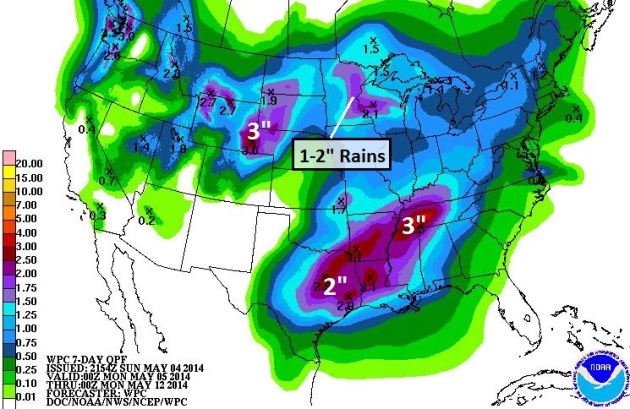


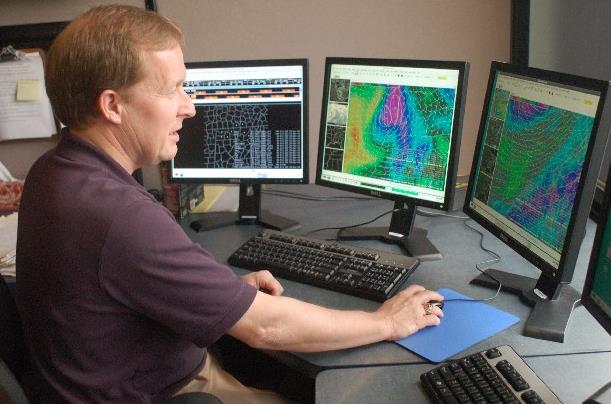
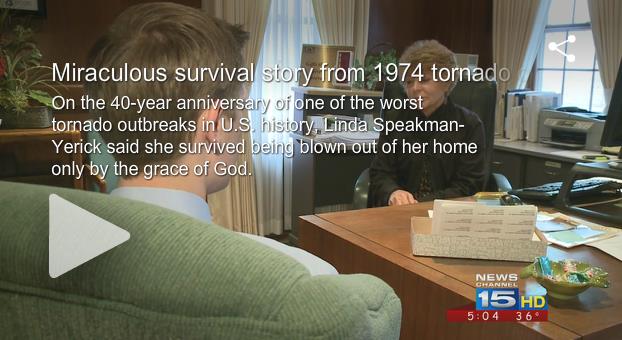

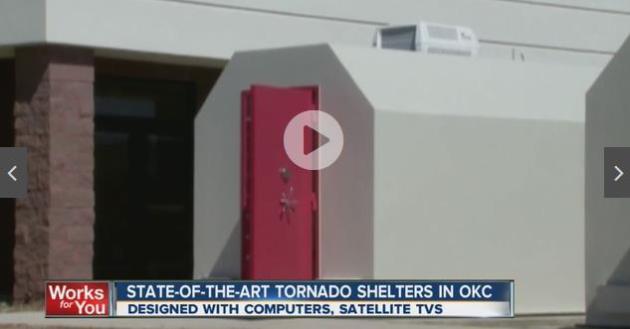
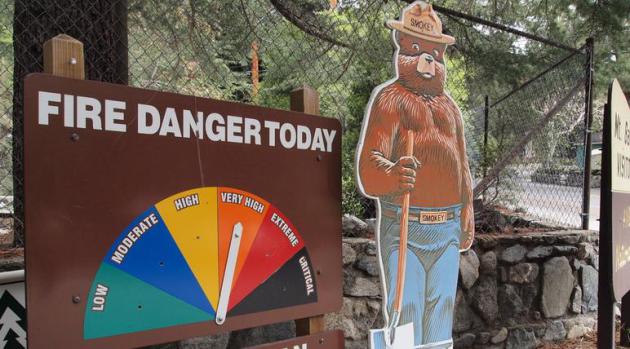

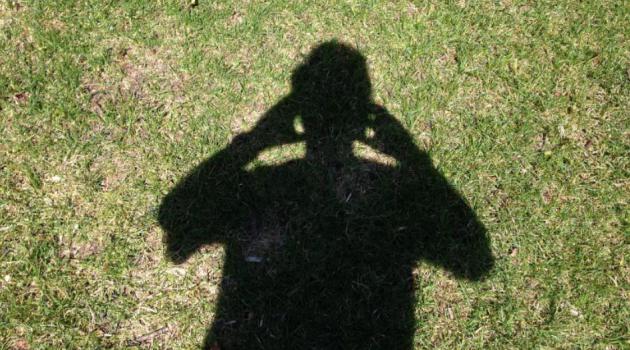


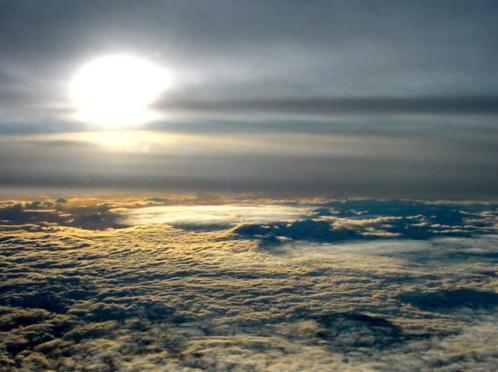

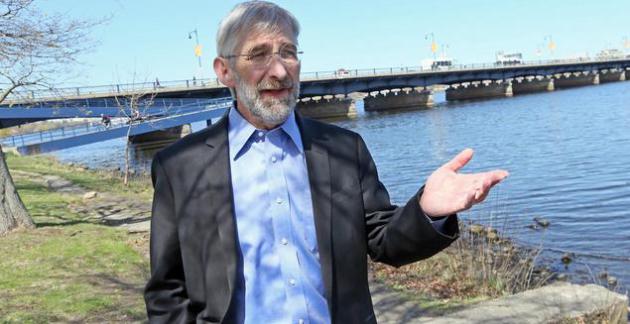

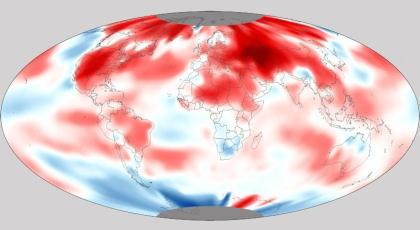
No comments:
Post a Comment